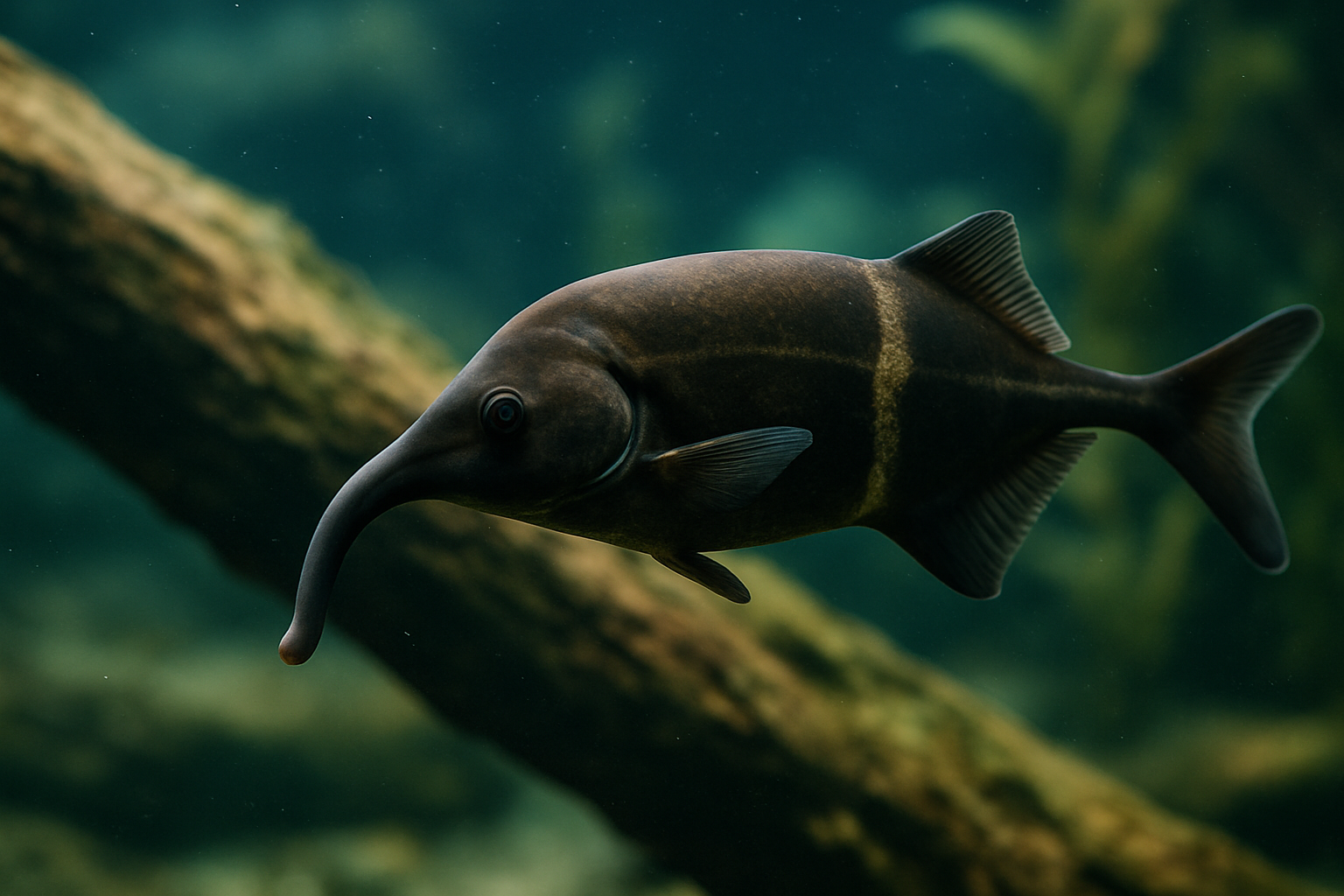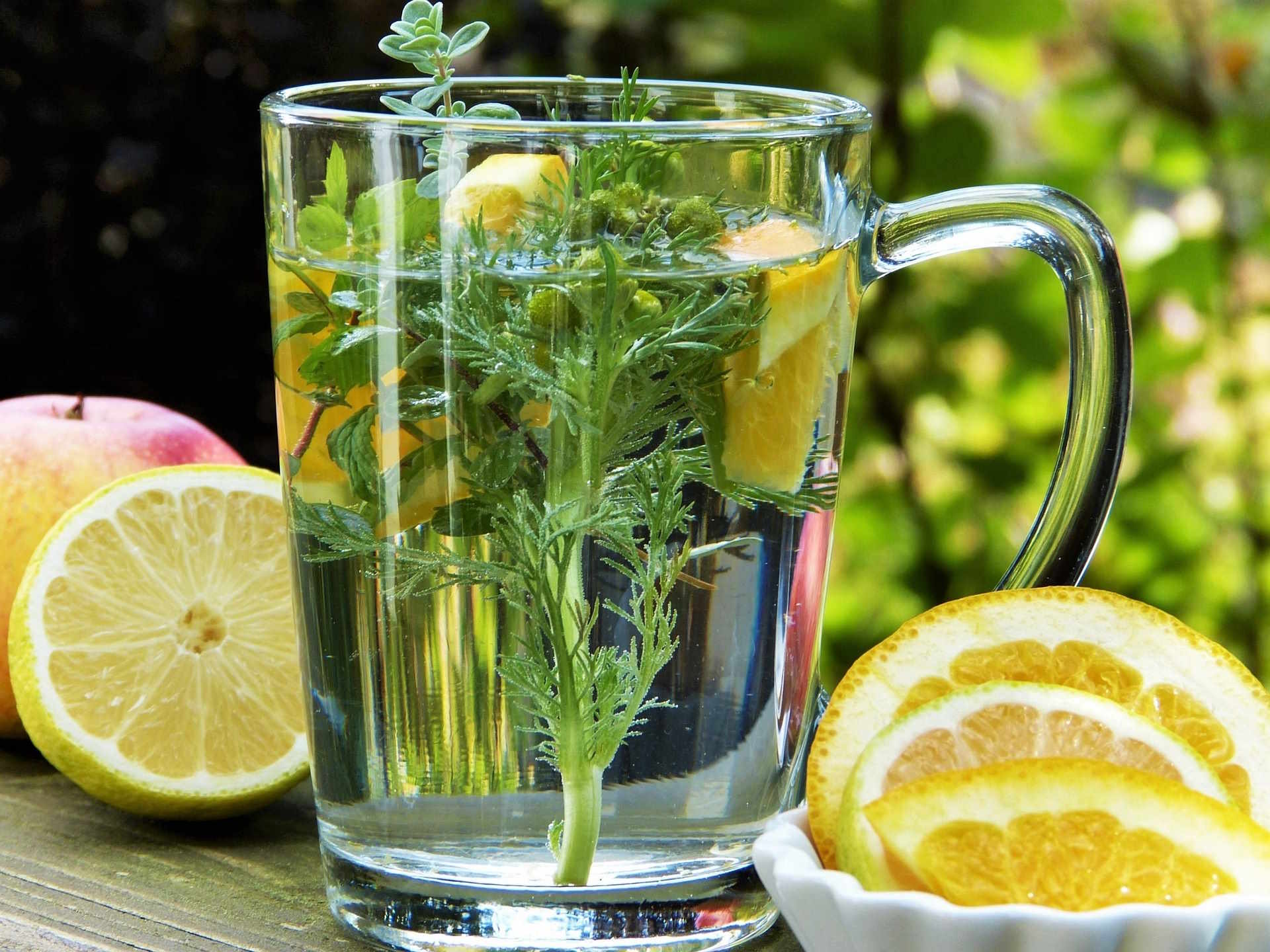Seahorse Superdads: Nature's Most Dedicated Fathers
The underwater world never ceases to amaze, and seahorses stand out as some of the ocean's most extraordinary creatures. Among their many fascinating traits, male seahorses' unique role in reproduction has captured the attention of scientists and nature enthusiasts alike. These remarkable fish challenge traditional gender roles in the animal kingdom, with males taking on the responsibility of pregnancy and childbirth.

The Seahorse’s Unique Anatomy
Seahorses belong to the genus Hippocampus, which includes about 46 known species. These peculiar fish have evolved a body structure unlike any other in the ocean. Their horse-like head, curled tail, and upright swimming position make them instantly recognizable. However, it’s their reproductive anatomy that truly sets them apart.
Male seahorses possess a specialized brood pouch on their frontal abdomen. This pouch is a complex organ with a structure similar to a mammalian uterus. It’s lined with blood vessels and tissue that provide oxygen and nutrients to the developing embryos. The pouch also regulates salinity and temperature, creating an ideal environment for the growing offspring.
Courtship and Mating Rituals
Seahorse courtship is an elaborate and beautiful process that can last for several days. Partners engage in an intricate dance, changing colors and intertwining their tails as they swim together. This bonding period is crucial for synchronizing the reproductive cycles of both partners.
During mating, the female transfers her eggs into the male’s brood pouch through a tube-like structure called an ovipositor. The male then fertilizes the eggs inside his pouch. This transfer can happen multiple times during a single mating session, with some species capable of transferring up to 1,500 eggs.
The Male Pregnancy
Once the eggs are safely inside the male’s brood pouch, the real work begins. The pregnancy typically lasts between 9 to 45 days, depending on the species. During this time, the male’s body undergoes significant changes to support the developing embryos.
The brood pouch expands to accommodate the growing offspring, and the male’s body produces a hormone called prolactin, similar to what occurs in pregnant mammals. This hormone helps regulate the pouch environment and aids in the development of the embryos. The male also provides essential nutrients to the developing young through a placenta-like structure within the pouch.
The Miraculous Birth
When the time comes for the seahorse babies to be born, the male experiences contractions similar to those of mammalian birth. These contractions can last for hours as the male expels the fully-formed offspring from his pouch. Depending on the species, a male seahorse can give birth to anywhere from 5 to over 1,500 babies in a single pregnancy.
The newborn seahorses, called fry, are miniature versions of their parents, measuring only about 7-12 millimeters in length. They are immediately independent and must fend for themselves in the vast ocean. Sadly, only about 0.5% of these newborns will survive to adulthood due to predation and other environmental factors.
Evolutionary Advantages of Male Pregnancy
The unique reproductive strategy of seahorses has puzzled scientists for years. However, recent research suggests several evolutionary advantages to this system. Male pregnancy allows for more efficient use of the species’ reproductive capacity, as females can produce new eggs while males are pregnant. This system also ensures a higher survival rate for the offspring, as they are protected within the male’s body during their most vulnerable stage of development.
Furthermore, male pregnancy in seahorses has led to a reversal of sexual selection patterns typically seen in other animals. In most species, males compete for female attention, but in seahorses, females compete for males with the best brood pouches. This has resulted in female seahorses evolving to be larger and more ornate than males in many species.
Conservation Challenges
Despite their fascinating biology, seahorses face numerous threats in the wild. Habitat destruction, climate change, and overfishing for the aquarium trade and traditional medicine have led to declining populations of many seahorse species. The unique life history of seahorses, including their low reproductive rate and specific habitat requirements, makes them particularly vulnerable to these pressures.
Conservation efforts are underway to protect seahorse populations and their habitats. These include establishing marine protected areas, regulating the seahorse trade, and developing sustainable aquaculture techniques. By raising awareness about these remarkable creatures and the challenges they face, we can help ensure that future generations will continue to marvel at the seahorse’s extraordinary parenting abilities.




